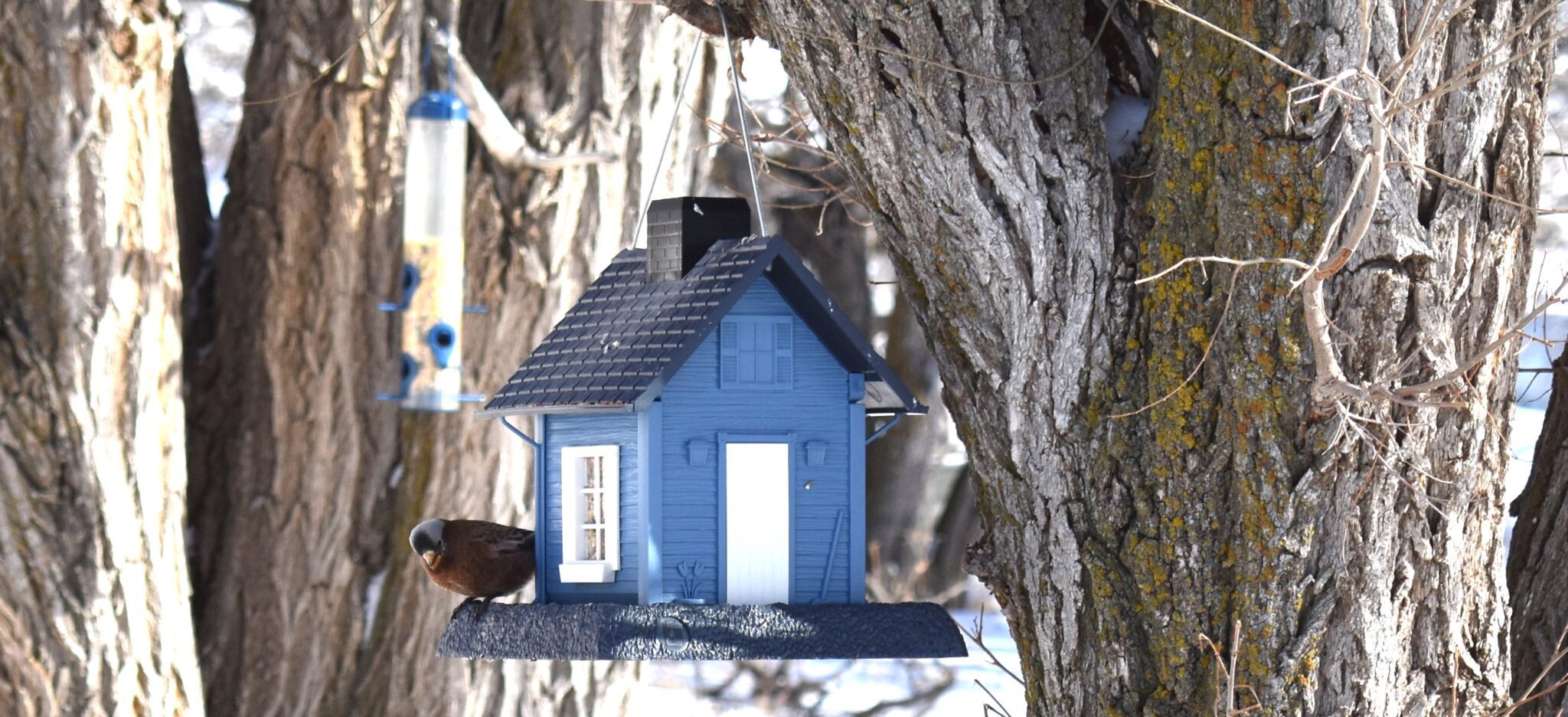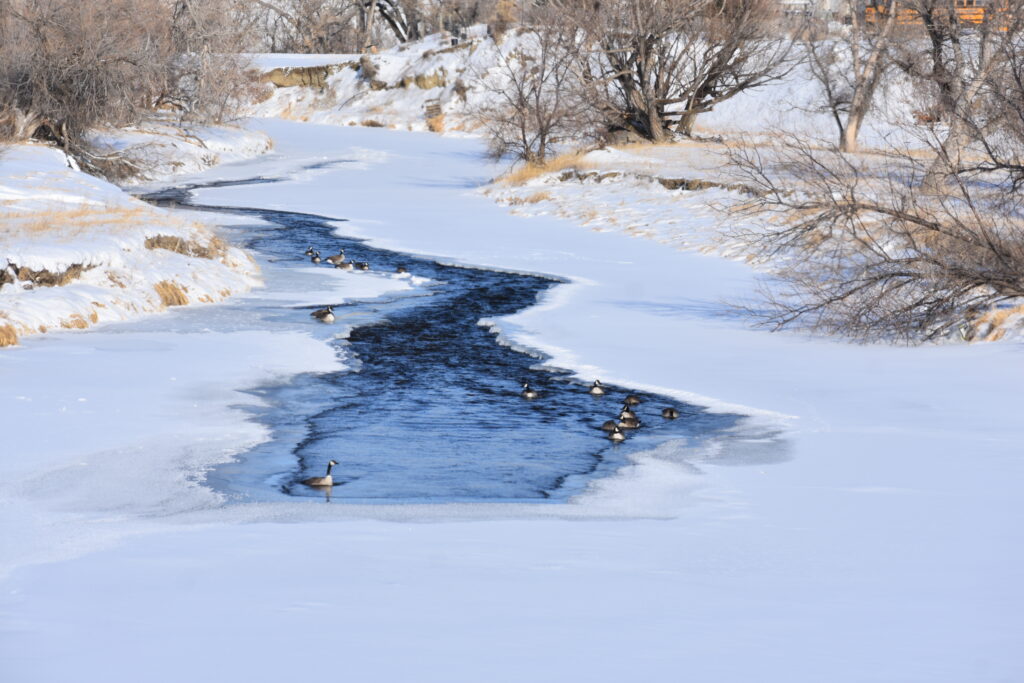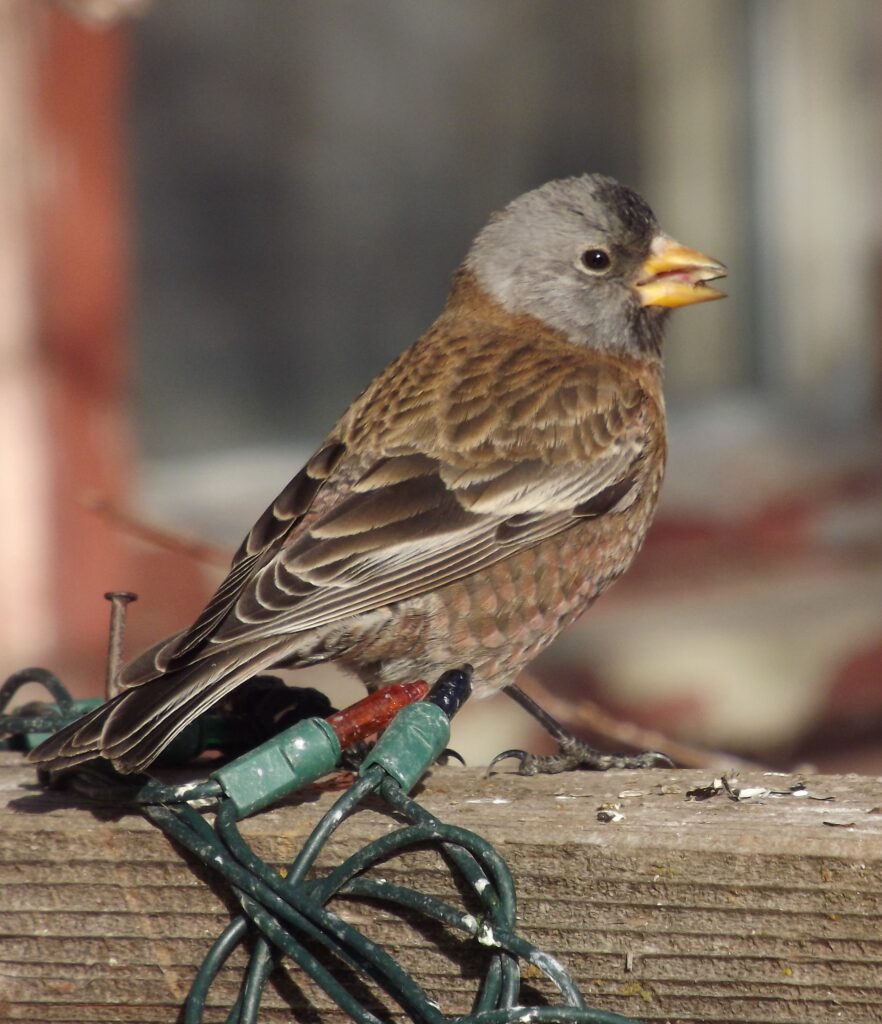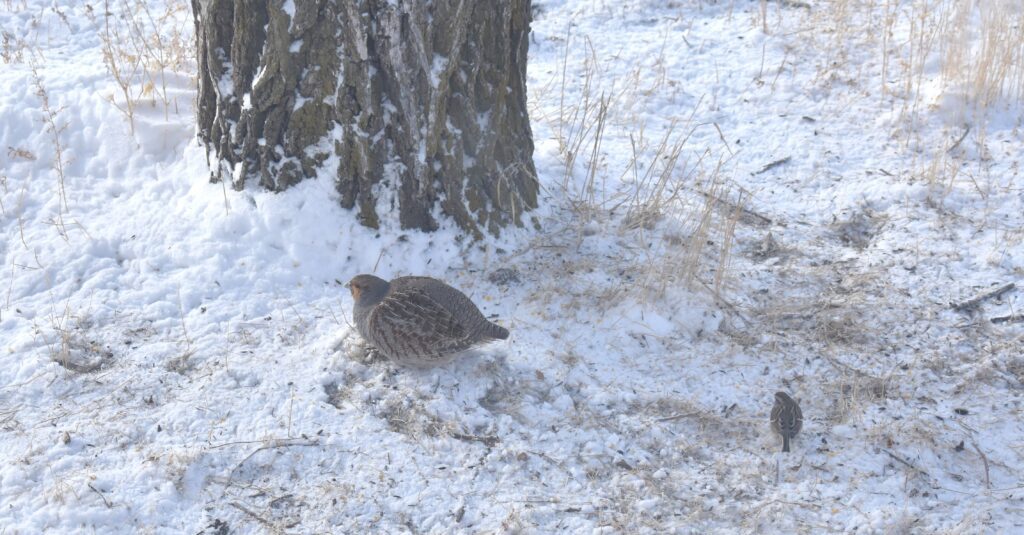News
Helping our Feathered Friends in the Winter

Recently, Mother Nature saw fit to bring extreme cold weather and snow to our area, with temperatures below zero. Although feeding deer in winter can be detrimental to their health, songbirds benefit from having bird feeders and open water when their natural feed is under the snow.
Christina Schmidt, Wyoming Game and Fish Sheridan Region Information and Education Specialist Public Information said that when feeding birds, bird feeders should be kept clean, as a way to help avoid illnesses. She added it is best to clean your feeders once every 2 weeks in a solution that is 9 parts water and 1 part bleach. Make sure and thoroughly dry the feeder before refilling. and good quality bird seed should be fed.
Dirty feeders can grow deadly mold that makes birds sick and can otherwise be a space where disease can spread.
She added there are resources on-line that address how to clean bird feeders and bird baths. Keeping the feeders really clean is important. The Audubon society website has several tips as well.

Open water is important, Schmidt said. Bird baths with bird bath heaters can be used to give birds open, warm water.
She also suggested that the feeders should be placed in open areas, giving the birds a line of sight to avoid predators. Cats, coyotes, foxes and even other birds, such as kestrels and other hawks, prey on songbirds.

Birds can be enjoyable to watch at the feeders, especially for house bound people. Depending on where you live, there can be a variety of birds that visit the feeders. Sparrows, finches, flickers, woodpeckers, juncos and chickadees are commonly seen feeding on Sheridan area bird feeders.
Schmidt said this about the birds that can be seen in the Sheridan area:
Wildlife blocks or flock blocks are another way to feed birds, especially larger birds such as magpies and flickers, as well as pheasants, partridges and other game birds.

So, when the snow gets deep and drifted and the temperature drops, remember the songbirds that have difficulty finding food. It is good to keep in mind, however, that birds began to depend on the food. It is best that if one starts a bird feeding program, to continue it throughout the winter.

